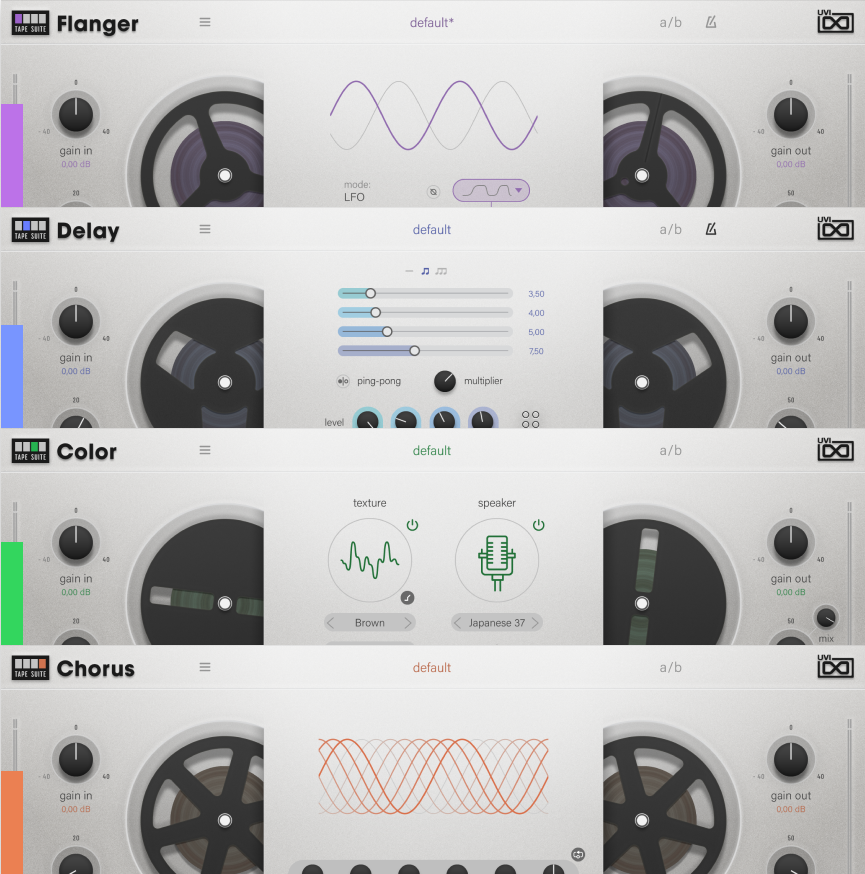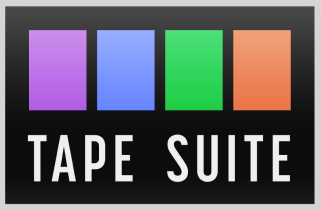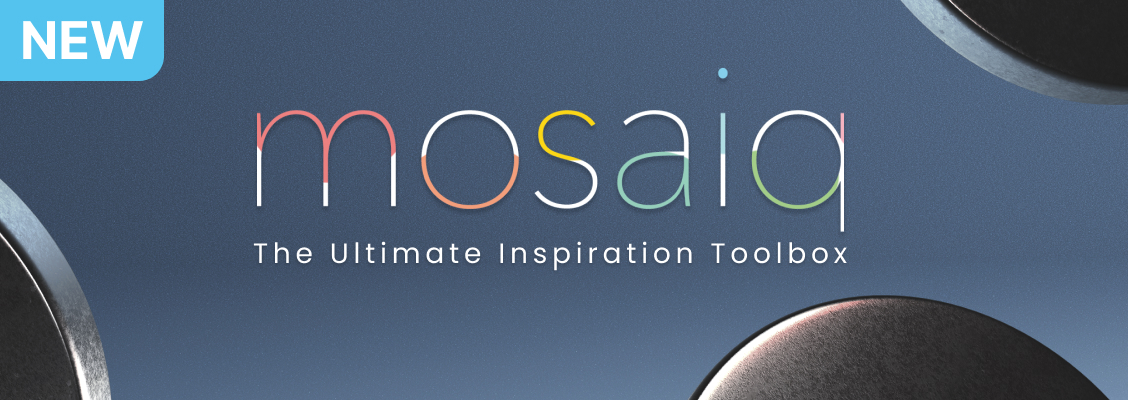

In the ever-evolving landscape of music production, the quest for unique and inspiring soundscapes often takes us back to the roots of audio technology. Tape Suite stands as a tribute to this journey, offering a collection of four effects plugins based on the same physical model of magnetic tape. From this model, we wanted to honor the medium and bring our touch of modernity and flexibility to the effects techniques developed by tape based composers, musicians, and engineers.
To get the most out of Tape Suite, it’s important to take a look back at tape-based electronic music, and explore the pioneering efforts that transformed magnetic tape from a simple recording tool into a versatile instrument of innovation for modern musicians.
From Milton Babbitt to Brian Eno, tape techniques have been used to create some wonderful and creative sounds. The physical tape itself becomes a medium when the magnetic coil on the recorder generates a magnetic field and rearranges metal oxide particles on the tape itself. When playing back, the recording head transitions into a playback device that senses the location of the magnetic particles and converts that into an electrical signal sent to an amplifier that you can hear.
Rather than work sequentially, let’s take a look at some creative use of magnetic tape from basic to more complex. At its heart, reel-to-reel magnetic recording systems evolved from wire recorders in the late 1920’s and early 1930’s. These devices were used for a variety of recording purposes from military to documentary. Eventually, in the late 1940’s and early 1950’s, magnetic tape started to find use in early multitrack recording for both Hollywood and pre-recorded radio broadcasts.









era of Tape Effects



UVI Focus
- UVI Focus - Throwback 2025 - Sometimes, we just want to rewind
- UVI Focus - Augmented Choirs: A Vocal Odyssey Between Tradition and Innovation
- UVI Focus - Creating Immersive Experiences: The Power of Post Production and Foley Sound Design
- UVI Focus - Behind the Sound: The approach powering SonicBundle
- UVI Focus - In conversation with Tonnerre
- UVI Focus - Discover 5 reasons why you need Mosaiq
- UVI Focus - A look at our most celebrated products
- UVI Focus - Rediscover iconic sounds with Doctor Mix
- UVI Focus - Throwback 2024, a year of releases
- UVI Focus - The Art of Tape: Tape Suite and the Revival of analog Techniques
- UVI Focus - Exploring the legends behind Quadra Modular
- UVI Focus - When Creativity Meets Innovation
- UVI Focus - Key Suite's 5 Rare & Unconventional Machines
- UVI Focus - In Conversation with Jean-Claude Chapuis
- UVI Focus - In Conversation With Venus Theory
- UVI Focus - HX-20: Reviving the MS-20 inspiration in 5 timeless tracks
- UVI Focus - In Conversation With Jon Carin
- UVI Focus - 2023 Throwback - A year of inspiration
- UVI Focus - 10 Falcon Power-Features You Should Know
- UVI Focus - Soul Bass & Soul Drums: A Dynamic Duo
- UVI Focus - Synth Anthology 4 - Experiencing Sound Design with MPE
- UVI Focus - The story of KAWAI
- UVI Focus - In Conversation With Antoine Martin
- UVI Focus - Advanced Sound Design Techniques with Falcon Expansions
- UVI Focus - Phasor: The Story of a Mythical Effect
- UVI Focus - 5 Key Features of Percussion Factory 2
- UVI Focus - The story of Vintage Vault 4
- UVI Focus - In conversation with Lou Wiss
- UVI Focus - 7 Hidden Gems of Toy Suite
- UVI Focus - PX Guitar Syn, A Piece of Hybrid-Instrument History
- UVI Focus - In conversation with Jordan Rudess
- UVI Focus - IRCAM & UVI, a successful pair
- UVI Focus - Behind-the-scenes of Soul Drums
- UVI Focus - Deep Dive into Synth Anthology 4's modular rarities
- UVI Focus - Deep dive in Falcon's 'Texture' Oscillator
- UVI Focus - In conversation with Simon Stockhausen
- UVI Focus - Deep dive in World Suite 2's Oriental Ensemble
- UVI Focus - Exploring Key Suite Bundle Edition
- UVI Focus - Behind-the-scenes of Walker 2
- UVI Focus - In action with Dual Delay X
- UVI Focus - In action with Shade
- UVI Focus - In conversation with Guillaume Roussel
- UVI Focus - Behind-the-scenes of Augmented Orchestra
- UVI Focus - Behind-the-scenes of UVI





